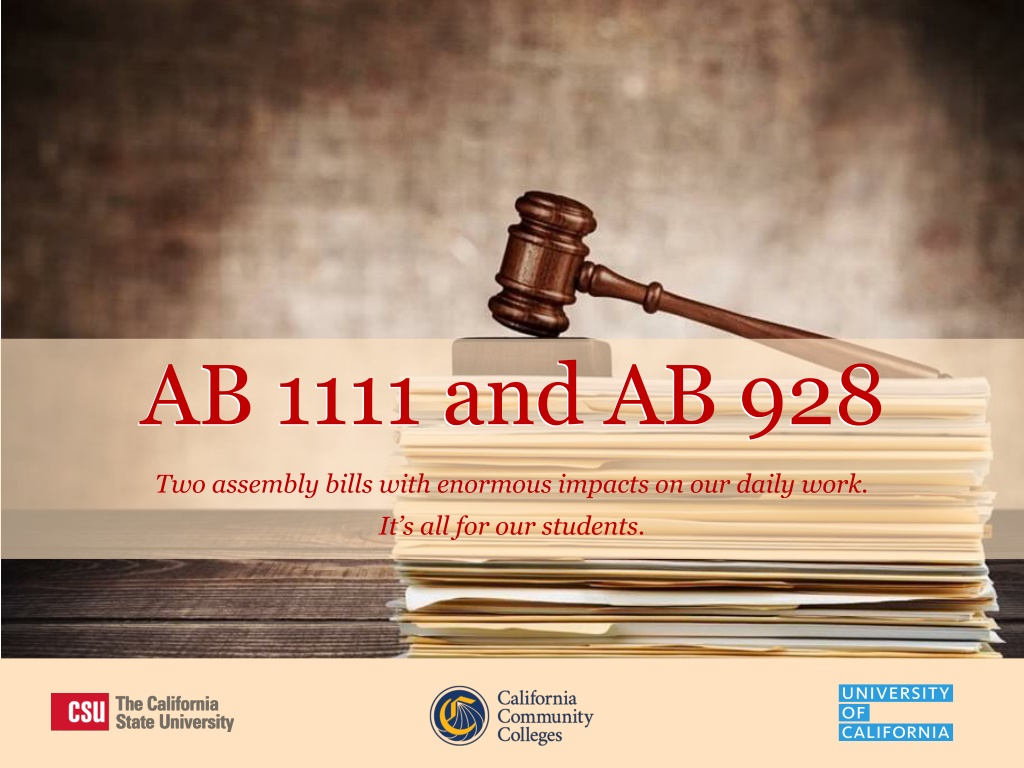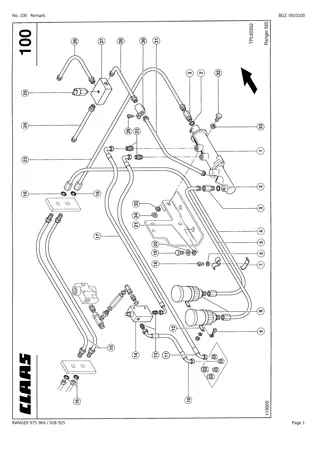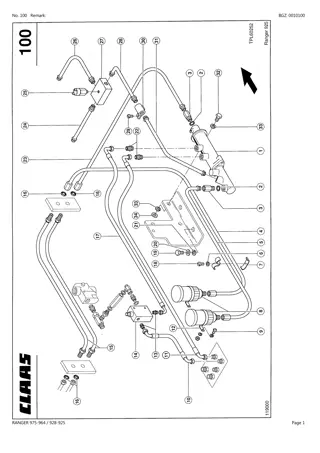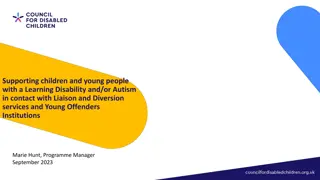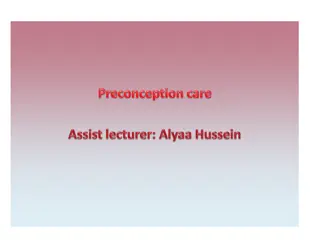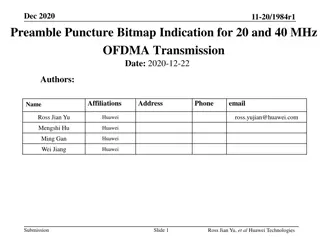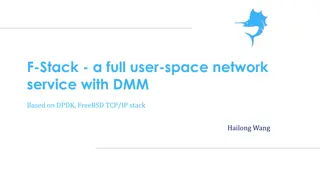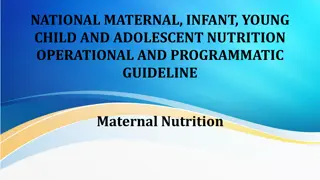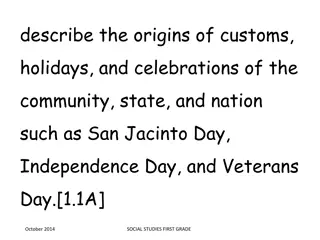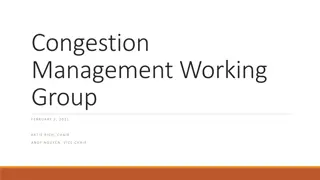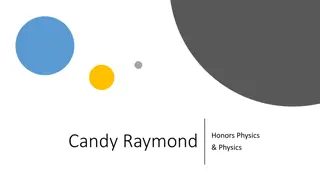AB 1111 and AB 928
Explore the significant impacts of Assembly Bills AB 1111 and AB 928 on daily work related to student transfer goals. Learn about the role of the Articulation Officer in supporting faculty and articulation efforts. Discover key concepts such as intersegmental transfer, general education, and baccalaureate goals. Gain insights into curriculum development and transfer processes at local and state levels within the California Community Colleges system.
Download Presentation

Please find below an Image/Link to download the presentation.
The content on the website is provided AS IS for your information and personal use only. It may not be sold, licensed, or shared on other websites without obtaining consent from the author.If you encounter any issues during the download, it is possible that the publisher has removed the file from their server.
You are allowed to download the files provided on this website for personal or commercial use, subject to the condition that they are used lawfully. All files are the property of their respective owners.
The content on the website is provided AS IS for your information and personal use only. It may not be sold, licensed, or shared on other websites without obtaining consent from the author.
E N D
Presentation Transcript
AB 1111 and AB 928 AB 1111 and AB 928 Two assembly bills with enormous impacts on our daily work. It s all for our students.
About the Articulation Officer Faculty generalist reporting to the Vice President of Instruction College s faculty liaison to CSU and UC systems and campuses Helps faculty write curriculum to achieve external transfer and GE standards Oversees GE review submissions, approvals Oversees C-ID alignment and supports faculty in the pursuit of ADTs Supports various articulation efforts and advocates for transfer considerations in intersegmental (between the 4 segments of CA higher education) contexts CYRAN Central Yosemite Region Articulation Network Facilitates course to course articulation activity
Presentation Goals Assess the Senate s understanding of how our curriculum supports baccalaureate bound transfer students Raise awareness about transfer challenges facing our students, and our own in designing curriculum that serves our students transfer goals Support Senate understanding, while underscoring the many complexities and challenges beyond local control Orient the MJC Senate to recent state legislation intended to address those challenges in part or in full Update the Senate on how the work is advancing Be earnest about the limitations of my own knowledge at the meta and molecular level
Key Concepts Intersegmental: between or across segments or systems of education (California Community Colleges, CSU, UC, Privates/Independents) Transfer: the process of transferring from one award-granting, post- secondary institution to another Transfer credit applicability: the ability for a student to use academic experiences at one institution and have them retain their applicability/value General Education: a required pattern of coursework central to the granting of a college degree Baccalaureate: applicable to baccalaureate (4-year) degree
Diagnostic I understand how MJC develops, approves, and implements curriculum locally and at the state level I m aware of the mission of the California Community Colleges in California s Master Plan for Education I understand why we create and maintain Course Outlines of Record (CORs) I understand how curriculum becomes transferable to 4-year systems (e.g., CSU, UC) and campuses (UC Berkeley, CSU Fresno, etc.) I understand what MJC s General Education (GE) courses and patterns are I understand the purpose of the GE patterns as component of a college degree My understanding of curricular articulation is strong
If those questions made you fret In your defense
There is a lot to know and learn. There s a lot to learn and know
Validation Validation Intersegmental transfer of coursework is complex. Intersegmental transfer of coursework is complex. Intersegmental transfer of coursework is complex. Intersegmental transfer of coursework is complex. Intersegmental transfer of coursework is complex. Intersegmental transfer of coursework is complex.
Now imagine nagivating those complexities as a student.
CMPLX 101: Intersegmental Complexities By law, MJC may only offer lower-division* curriculum There are no official criteria or standards to determine what distinguishes upper from lower division Baccalaureate level courses (100-299) completed at MJC aren t guaranteed to transfer as generic elective credit to CSU and UC. What we consider baccalaureate-level (transferable) courses at MJC aren t always allowed to be used in lieu of what we see as the same courses at the transfer institution Students may only carry 70 baccalaureate units (MJC courses numbered 100- 299) to the transfer institution, and those units may only apply as lower-division credits toward the 120 units for a baccalaureate degree. C-ID, the current common course numbering system, currently only works for CSU articulation, and even then it doesn t always guarantee a campus will accept it. A new, uncommon exception to for those courses offered as part of the small number of approved CCC baccalaureate degree programs. At MJC, those courses are only allowed in Respiratory Care.
CMPLX 101: Intersegmental Complexities (contd) Numbering systems and rules vary across the community colleges and CSUs MJC requests for GE course approval for are externally reviewed and approved against different standards, following different processes CSU and UC are not required to have a course outline of record. What do we do to meet expectations? 4-year determinations about whether MJC courses may be formally articulated (accepted for credit in lieu of the comparable 4-year course) are made by department faculty on each campus Articulation is established college by college, course by course and may be revoked at any time. Fictitious example: MJC ANTHR 101 articulates to a comparable CSU Stan, but Columbia s comparable course does not. In accordance with Title 5 40409, a CSU institution may not articulate or accept as lower division credit a course its faculty has decided to classify as upper division
AB 1111 Common Course Numbering (CCN) Directly impacts > Affects >
About AB 1111 ENGL 120 ENG 1A Assembly Bill No. 1111 (Berman) requires implementation of a student-facing common course numbering (CCN) system across the California Community Colleges (CCC) on or before July 1, 2024. Will assign the same course number to comparable courses across all California community colleges in order to streamline transfer from two- to four-year postsecondary educational institutions and reduce excess credit accumulation. ENGWR 300 ENG 100 ENG 101A ENG 1AMC ENGL 100, ENGL 101, ELIC 100
AB 1111: Common Course Numbering CCN We are here (Oh dear.)
CCN Task Force FROM: AB 1111: Common Course Numbering (CCN) Task Force Strategic Priorities, Implementation Plan, and Progress to Date , [DRAFT] September 7, 2023
CCN Task Force FROM: AB 1111: Common Course Numbering (CCN) Task Force Strategic Priorities, Implementation Plan, and Progress to Date , [DRAFT] September 7, 2023
CCN Task Force FROM: AB 1111: Common Course Numbering (CCN) Task Force Strategic Priorities, Implementation Plan, and Progress to Date , [DRAFT] September 7, 2023
CCN Task Force FROM: AB 1111: Common Course Numbering (CCN) Task Force Strategic Priorities, Implementation Plan, and Progress to Date , [DRAFT] September 7, 2023
Stay calm, but pay attention and prepare CCN impacts local 10+1 processes, staff workflows, technologies, credit reciprocity, curricular articulation, program offerings and requirements Bear in mind: many important technicalities still need to be resolved at the state level and intersegmentally (CCC, CSU, UC, Private/Independents) District-level collaboration and preparation may be wise. Let s learn together. Start talks with Columbia now? CCN Task Force has informally acknowledged that the legislated timeline July 2024 for implementation may not realistic if we want to do the work well Official feedback loops exist. Join them. Start by Googling AB 1111. https://www.cccco.edu/About-Us/Chancellors-Office/Divisions/Educational- Services-and-Support/common-course-numbering-project
To be continued To be continued
